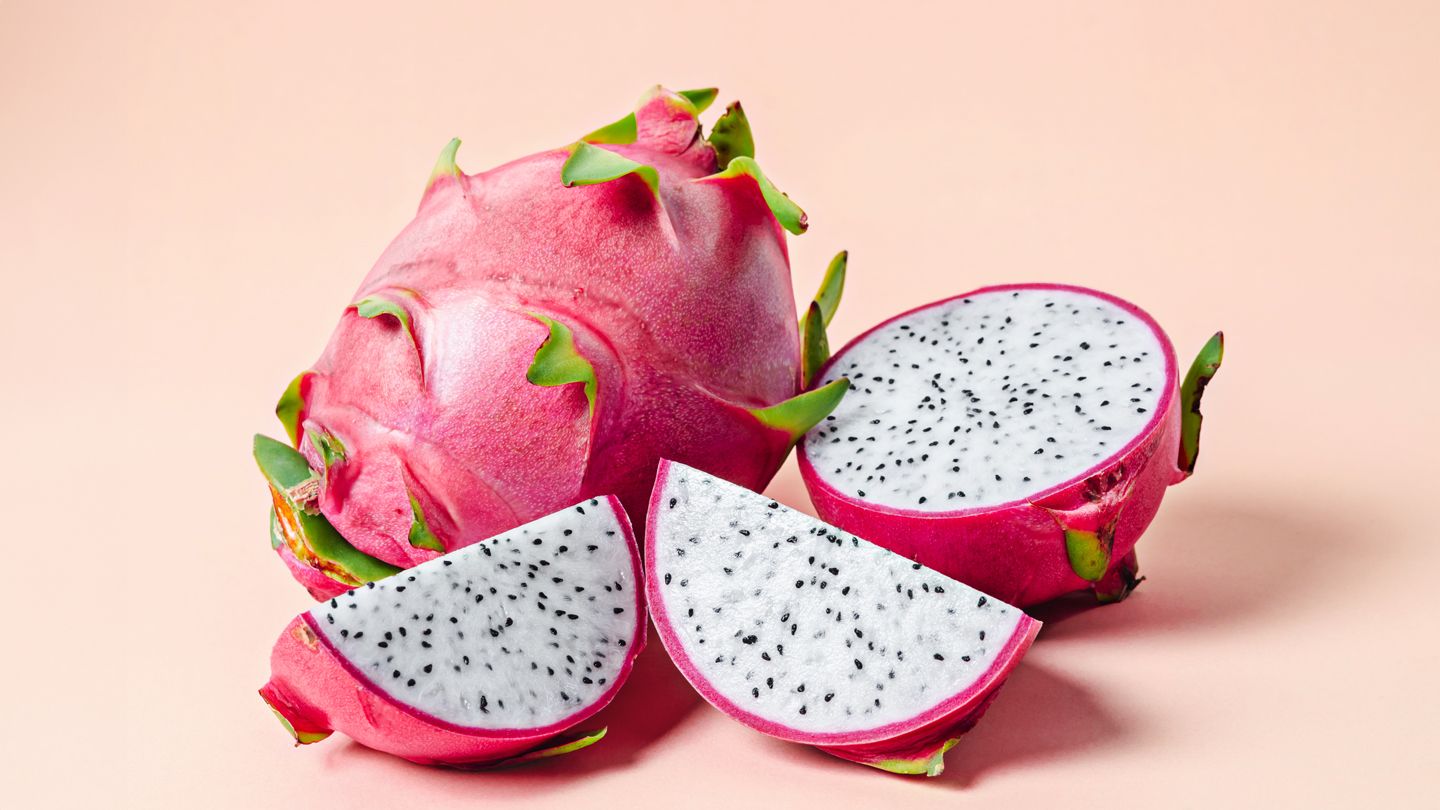Exploring new destinations isn’t just about sightseeing; it’s also an opportunity to indulge in unique culinary experiences, especially when it comes to exotic fruits. Each region of the world boasts its own array of fruits that are not only delicious but also often rich in nutrients and flavors you may have never encountered before. Here’s a tantalizing guide to five exotic fruits you must try on your next travel adventure, complete with reviews, pros, and cons:
1. Dragon Fruit (Pitaya)
Dragon fruit, with its vibrant pink or yellow skin and speckled flesh dotted with tiny black seeds, is a visually stunning tropical fruit. It has a mildly sweet flavor reminiscent of a mix between kiwi and pear.
Pros:
- Rich in antioxidants, vitamins, and fiber.
- Refreshing and hydrating, making it perfect for tropical climates.
- Low in calories and suitable for various dietary preferences.
Cons:
- Availability may be limited outside of tropical regions.
- Some varieties can be bland in taste, so choosing a ripe fruit is essential for optimal flavor.
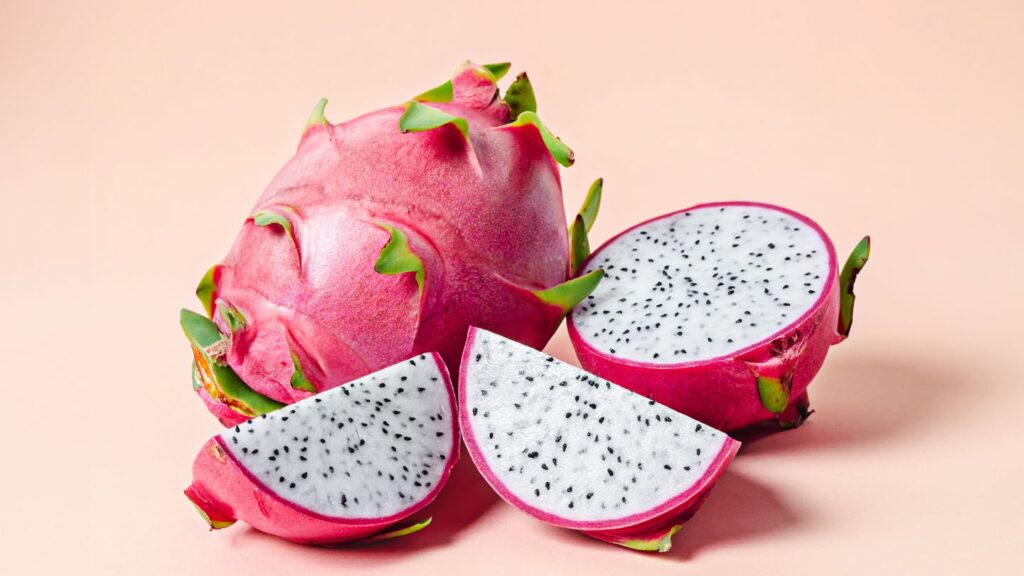
2. Mangosteen
Known as the “queen of fruits,” mangosteen has a thick purple rind and delicate, juicy segments inside. It offers a sweet and tangy flavor profile, often likened to a combination of peach, strawberry, and pineapple.
Pros:
- Rich in antioxidants and essential nutrients like vitamin C and B vitamins.
- Delightfully juicy and refreshing, perfect for hot climates.
- Considered a delicacy in Southeast Asia and other tropical regions.
Cons:
- Outer rind can stain clothing and surfaces if not handled carefully.
- Availability can be limited outside of its native regions, and it can be expensive in some markets.

3. Rambutan
Rambutan is a tropical fruit with a hairy red or yellow skin that encases a translucent, juicy flesh with a mildly sweet and slightly acidic flavor. It’s often compared to lychee but has its own unique taste.
Pros:
- High in vitamin C, antioxidants, and fiber.
- Refreshing and hydrating, making it a popular choice in tropical climates.
- Fun and intriguing appearance adds to its appeal.
Cons:
- The hairy exterior can be intimidating to some.
- Requires careful handling to avoid damaging the delicate flesh inside.
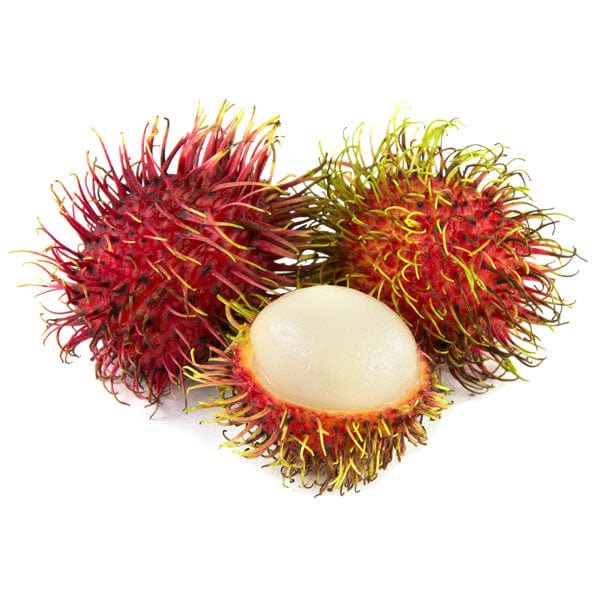
4. Durian
Referred to as the “king of fruits” in Southeast Asia, durian is infamous for its strong odor, which some find unpleasant, while others adore its rich, custard-like texture and complex flavor that combines sweet and savory notes.
Pros:
- High in healthy fats, vitamins, and minerals like potassium and iron.
- Unique flavor profile that is creamy and indulgent.
- Considered a delicacy and cultural symbol in Southeast Asian countries.
Cons:
- Strong odor that can be off-putting to many people.
- Some establishments and public transportation ban durian due to its smell.
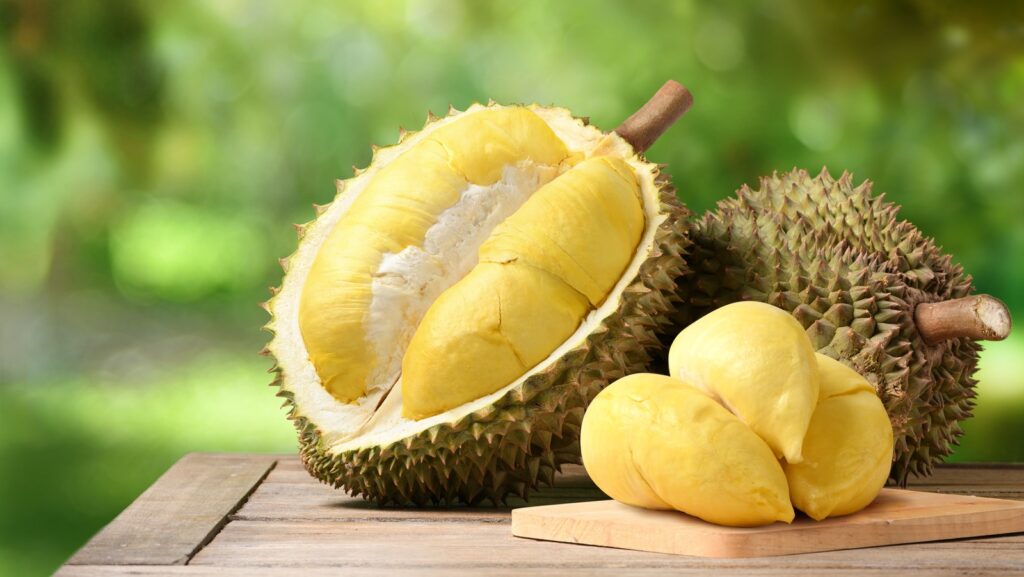
5. Cherimoya
Cherimoya, also known as the “custard apple,” has a green, scaly skin and creamy, custard-like flesh that is sweet and fragrant, often compared to a blend of pineapple, banana, and strawberry flavors.
Pros:
- Rich in vitamin C, B vitamins, and dietary fiber.
- Smooth and creamy texture makes it a delightful dessert fruit.
- Pleasant aroma and flavor make it a favorite in tropical regions.
Cons:
- Seeds inside are not edible and must be carefully removed.
- Availability may be limited outside of its native regions.
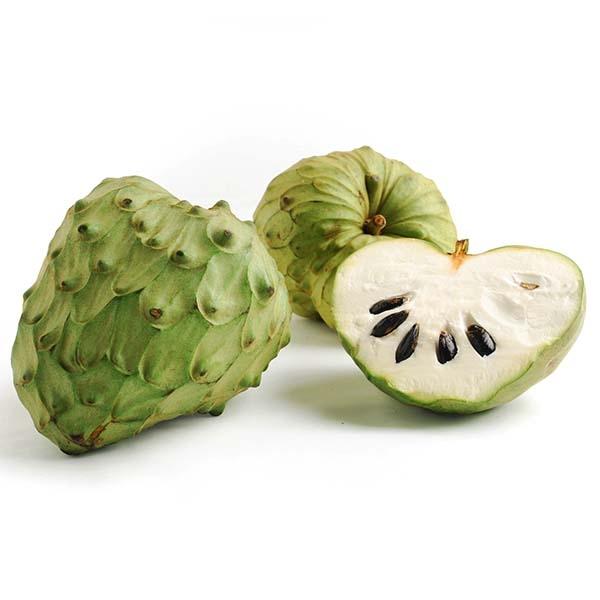
Conclusion
Embark on a culinary adventure during your travels by sampling these exotic fruits that promise not only unique flavors but also a glimpse into the diverse cultures and ecosystems they originate from. Whether you’re drawn to the vibrant colors of dragon fruit, the creamy indulgence of durian, or the sweet tanginess of mangosteen, each fruit offers a sensory experience that enhances your journey. Embrace the opportunity to try something new and immerse yourself in the world of exotic fruits on your next travel adventure. Bon appétit and happy exploring!

